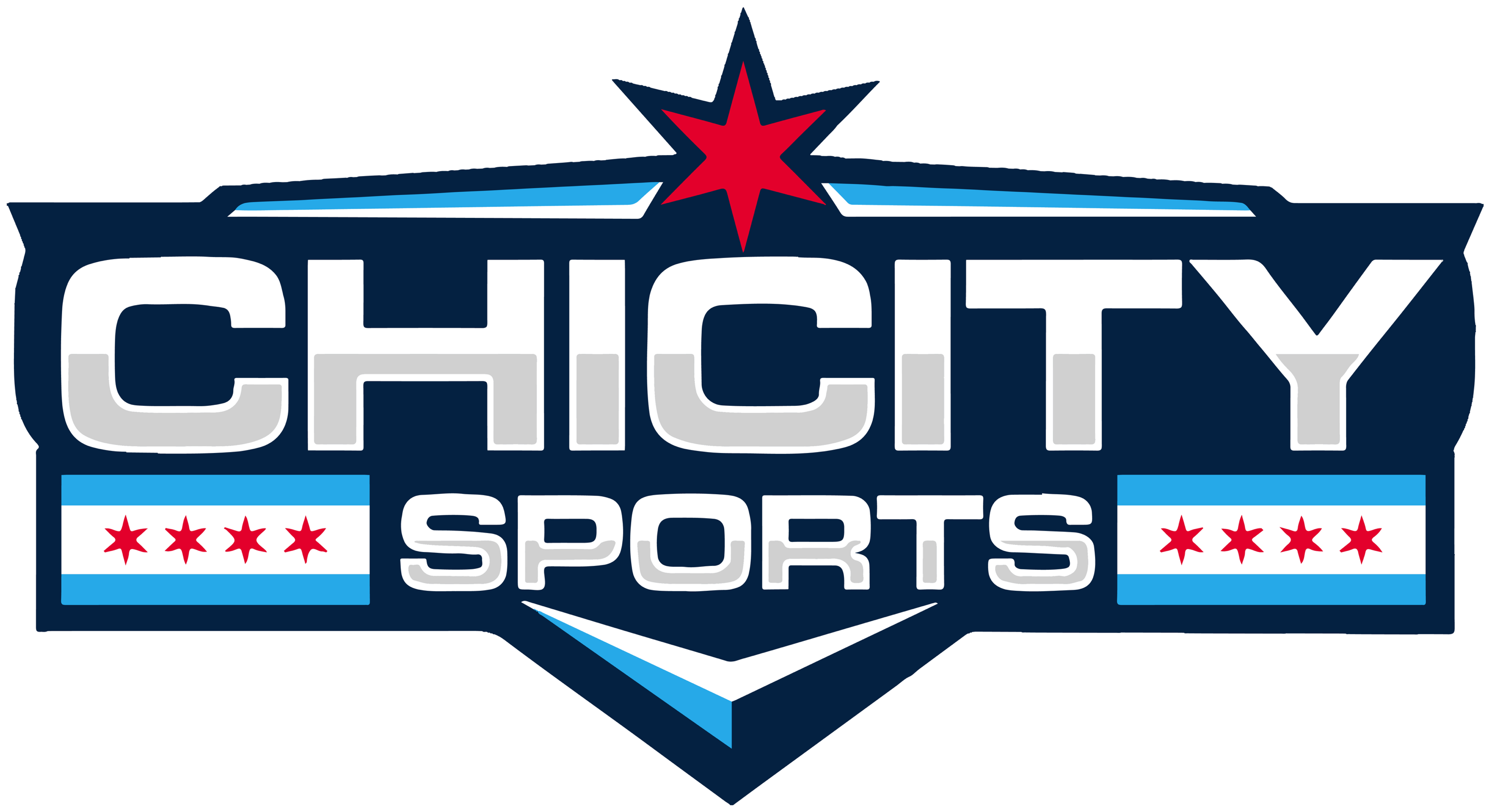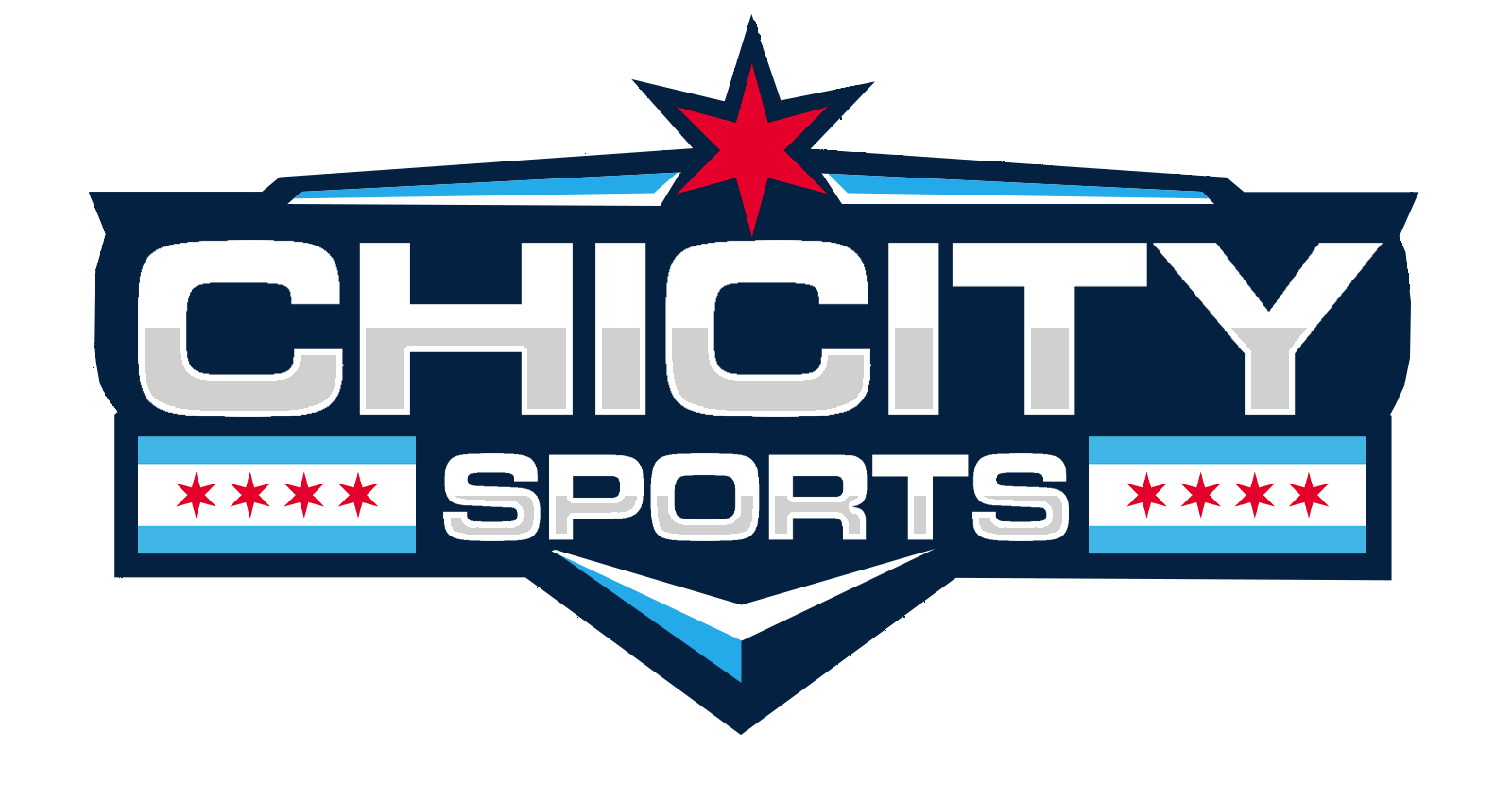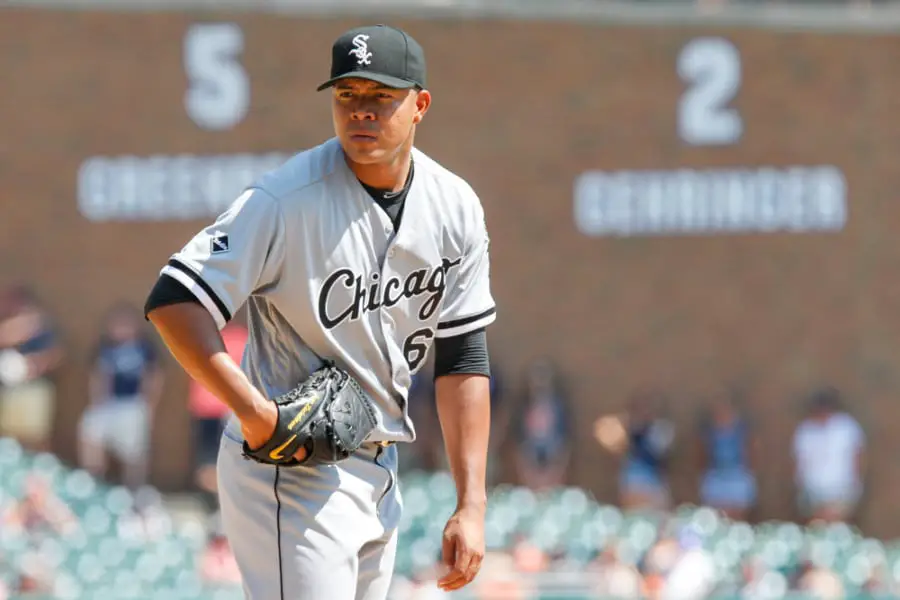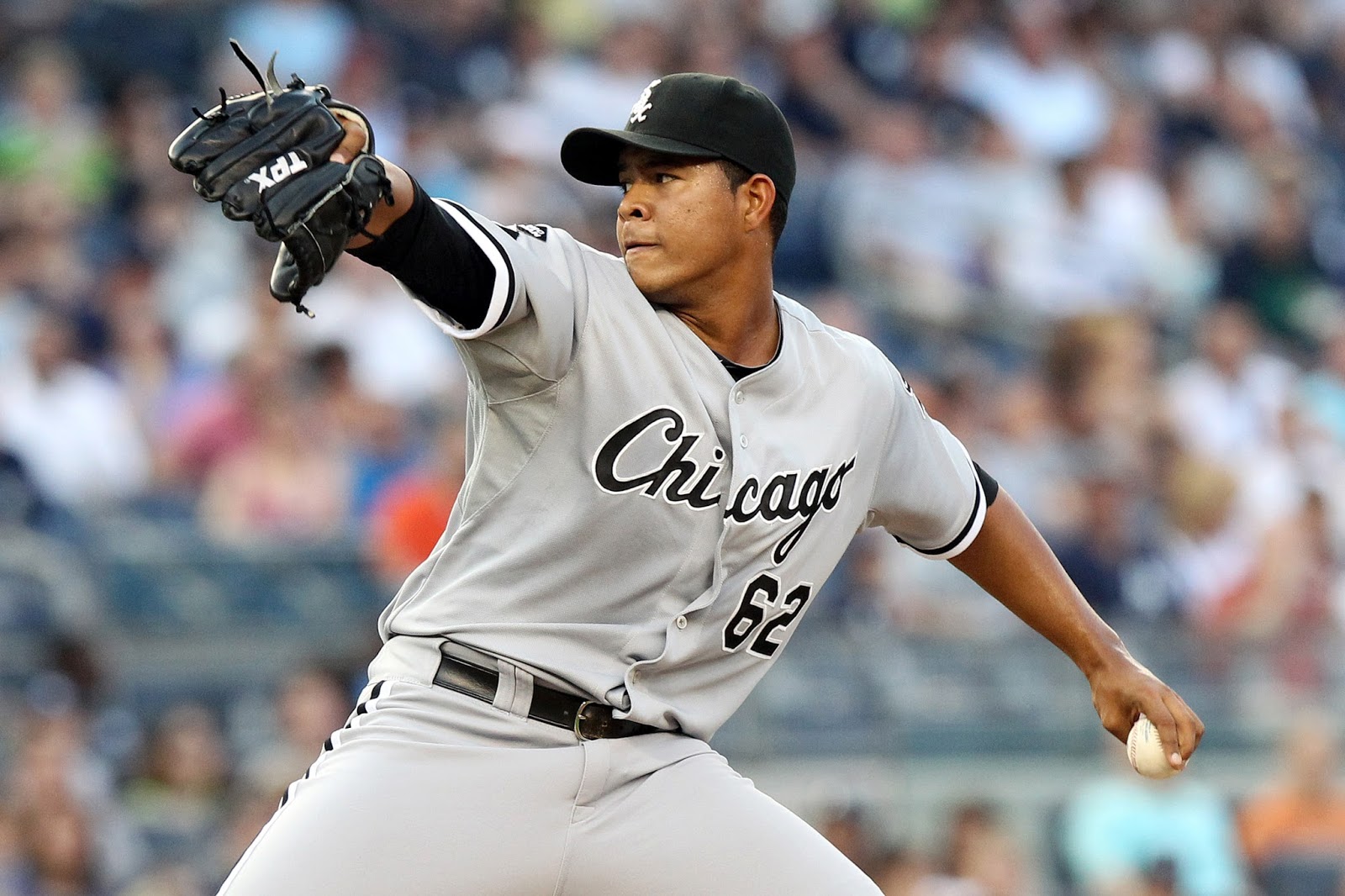Without completely rehashing the litany of problems the Cubs have experienced this season, it’s generally accepted that it’s not the same team that dominated the regular season last year on the way to a World Series title, not even close.
While the defense has regressed and the offense has gone M.I.A. an uncomfortable number of times, starting pitching has arguably been the club’s biggest weakness.
This is why trading with the White Sox to get Jose Quintana is a good move for the Cubs. It cost them a heavy load of prospects, but it provides the north siders a top-of-the-rotation arm with plenty of team control left.
The Cubs’ starting pitchers have been inconsistent at best throughout much of the season.
Eddie Butler is the only starter whose ERA comes in under 4, and it’s just barely so at 3.88 through 11 starts. The team is only completing quality starts 39 percent of the time, and Jon Lester is the only pitcher with quality starts in over half of his appearances (53 percent).
Lester’s struggles were magnified right before the all-star break by his nightmarish start against Pittsburgh.
Jake Arrieta has alternated wildly between glimpses of his former, dominant self and debilitating innings that knock the Cubs out of games. John Lackey has given up 24 home runs so far this season. Butler is averaging under five innings pitched per start and Kyle Hendricks is still hurt.
The disappointing thing is that this is just scratching the surface of the rotation’s problems.
Trading for Quintana is not a cure-all move, there are too many problems with the staff for it to be. But it’s a great start.
In the immediate future, i.e. the rest of 2017, he provides an ace-like arm that the Cubs will need if they want to make a strong playoff push.
He’s shown in the past on the south side that he can be a dominant pitcher, one who eats innings (he’s thrown at least 200 in four straight seasons) and doesn’t allow too many baserunners (entering this year, he has a career WHIP of 1.24, and even his elevated 1.32 this season would be good enough for second best among Cubs starters).
His 2017 numbers aren’t quite as good as previous years.
However, you can easily argue this is more of a fluke than any sort of worrying sign based on his prior production and consistently strong FIP numbers throughout his career. Additionally, if you only look at his 4-8 record and 4.49 ERA then you’re missing the picture.
He’s also been excellent recently, with a 1.20 WHIP, 10.93 K/9 and a .213 BAA since the start of June.
Looking long term, this is an even better move for the Cubs. Not only do they get a great arm in Quintana, but they have him under team control through 2020.
Having a top-flight starting pitcher under contract through several of his prime years (he’ll become a free agent at age 32) is a valuable asset.
With the impending free agency of Arrieta, Lackey and Brett Anderson, the Cubs need answers for their starting rotation going forward.
Quintana is about as great of an answer as you can get.
At first glance, it looks like the Cubs gave up a ton of value from their farm system in this deal.
Four prospects are being sent from the Cubs to the Sox, including blue-chip outfielder Eloy Jimenez and pitcher Dylan Cease. While these are highly touted prospects, there’s no guarantee they ever would have been contributing players with the Cubs’ major league roster, whereas Quintana is a known quantity.
For a team that is in win-now mode, it makes sense to get a good starter for the next three and a half years in exchange for sports’ ultimate question mark, minor league prospects, who will bolster a rebuilding team’s farm system.
Right off the bat, this looks like a positive move for both clubs.
Also, look at what the Cubs gave up last year to get Aroldis Chapman. Infielder Gleyber Torres, the Cubs’ then-top prospect, and a couple other pieces were shipped off for two months and a playoff run from Chapman.
That was a good move, considering it helped the Cubs win the World Series, but if you’re willing to give up that much for a rental closer, then you made a good move giving up a few pieces for a first or second starter in your rotation for years to come.
You can’t judge a trade before any of the pieces do anything on the field, you’re essentially comparing hypothetical production at that point. But, on paper, this looks like a great move for the Cubs.
Quintana won’t solve all the Cubs’ problems, or even all the ones in the starting rotation, but this trade is a great place to start.
For More Great Chicago Sports Content
Get the latest Chicago sports news, analysis, and breaking stories on the Bears, Bulls, Blackhawks, Cubs, White Sox, Sky, and more! Tap the star to add us to your favorites on Google News, so you never miss a story on your favorite Chicago teams.
Follow us on Twitter at @chicitysports23 for more great content. We appreciate you taking time to read our articles. To interact more with our community and keep up to date on the latest in Chicago sports news, JOIN OUR FREE FACEBOOK GROUP by CLICKING HERE




